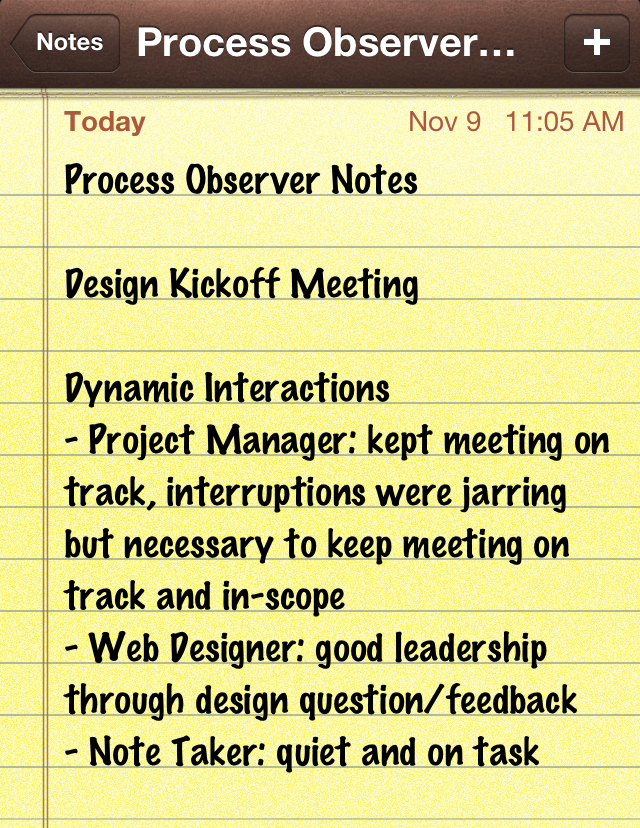
We Want Quicker Meetings!
PMI-SD Professional Development Meeting Summary
I recently decided it was time to head back to the classroom and enrolled in the two year Project Management Certificate program at UCSD Extension. Having been a project manager for over five years, it has been enlightening to connect the dots. I’ve been able to see the relationships between the project management knowledge areas and its ultimately going to make me more useful to clients and to PINT.
It was suggested that I become a member of the Project Management Institute San Diego Chapter to get involved and begin networking in our local project management community. I became a member and decided to attend a professional development meeting called “Meetings Over Easy” by Jan Zaragoza, President at High-Performance Training Solutions. The meeting was to learn how to have quicker, efficient and more productive meetings.
Meeting Requirements
Meetings have two primary aspects: 1) the actual content and 2) the process of group dynamics. The most important aspect role of the meeting leader is to keep the meeting and its participants on task.
It is absolutely imperative to create an agenda that includes input from it participants and that should be sent out prior to the meeting. Good meeting agendas clarify the goals of the meeting and uses action verbs like “assign”, “create”, and “choose”.
Another suggestion is to create timelines on the agenda to make sure each agenda can be discussed in a timely manner.

Meeting Assignments
Assigning roles in meetings in useful so that the meeting leader can focus on facilitating the meeting and keep people on task. Creating roles like timekeeper, note taker, and process observer can reduce meeting times by 20% and ultimately improve meeting efficiency.
The process observer takes note of the group dynamics and gives feedback at the end of the meeting on the behaviors and interactions of the meeting participants. All good meetings end with a recap of what was discussed, a process evaluation and a summary of action items.

Meeting Personalities
The PACE™ Palette of style and communication patterns describes personality traits that can be observed in meetings. Identifying personality traits in the meeting participants can better help keep the meetings productive and its participants on task. Understanding different personality patterns can help encourage others to contribute, promote group harmonization and indentify key decisions and takeaways.
Take Away
- Always send an agenda in advance and use verbs to describe actions.
- Use a timeline in the meeting agenda to ensure that all topics are addressed.
- Assign roles in meeting for time keeping, note taking and group observational feedback.
Question?
1. What techniques have you used to facilitate quicker, efficient and more productive meetings?